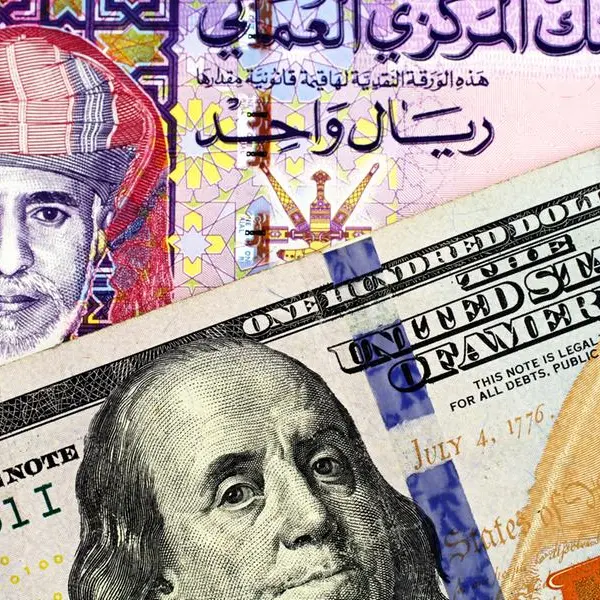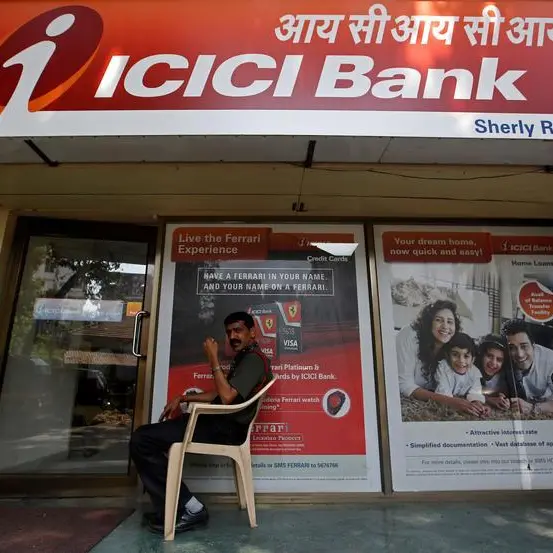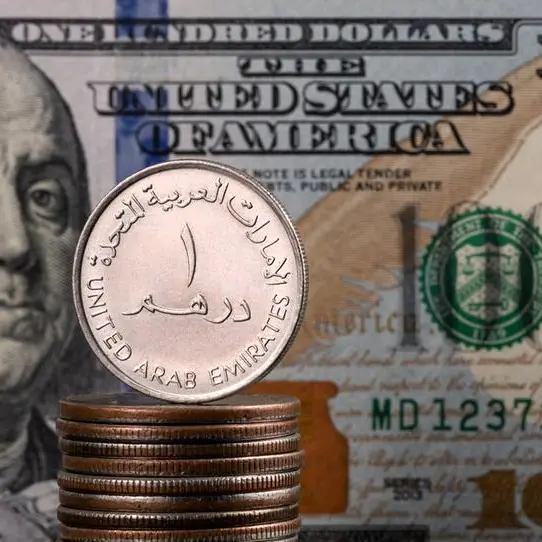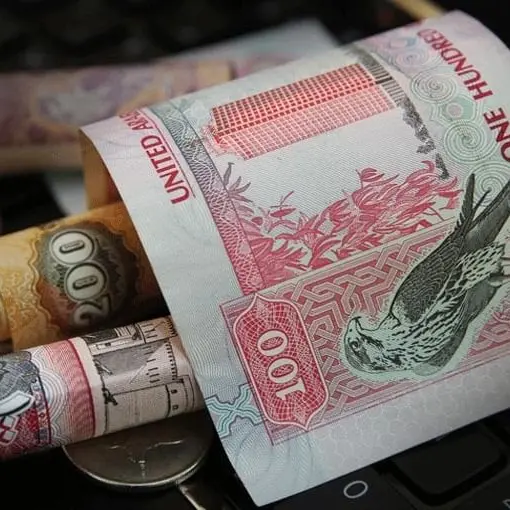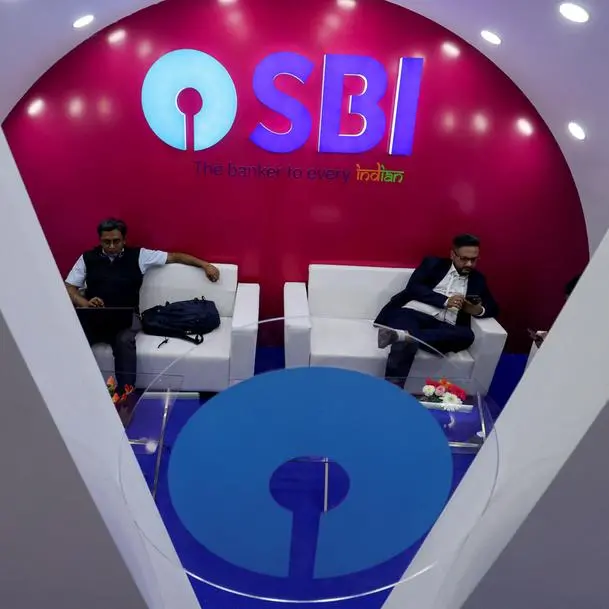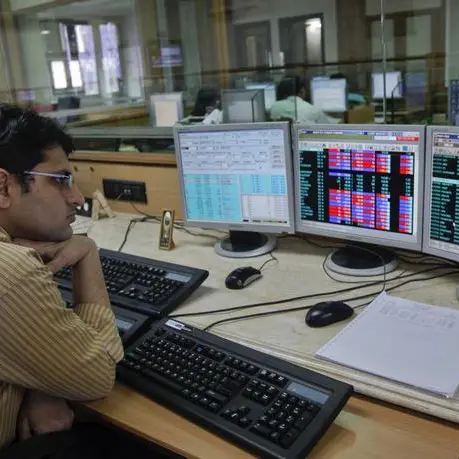PHOTO
The UAE and Saudi Arabia will remain the largest sources of green, social, sustainability, and sustainability-linked bond (GSSSB) issuance in the Middle East, according to a new report by S&P Global Ratings.
“We expect governments and large corporates (including government-related entities) in particular to help meet sustainability targets and net-zero commitments,” the ratings agency said in its sustainability insights research report.
GSSSB issuances increased by 149 percent across the Middle East to a record high of $23 billion in 2023, solidifying its position as one of the fastest-growing regions. However, regional issuance contributes less than 3% of global issuance.
Growth in sustainable sukuk continues, the report said, expecting to see higher volumes as issuers meet investor demands and core Islamic finance countries seek to reduce their carbon footprints.
Given the significant exposure of regional economies to the hydrocarbon sector and to water scarcity, S&P forecasts green issuance to remain prevalent.
“Renewables and hydrogen projects dominate the use of proceeds for climate mitigation objectives, and we expect financing adaptation to water stress and heat waves will continue to drive issuance. However, we believe much will depend on the pace of decarbonisation strategies.”
The recently concluded COP28 in the UAE brought into sharper focus the role Islamic finance and sukuk can play in addressing the challenges of climate transition, S&P said.
The total GSSSB issuance volume remained stable year-on-year at $930 billion in 2023.
The issuances are predicted to reach between $950 billion and $1.05 trillion in 2024, with its share of global bond issuance likely to hit 14% this year.
(Editing by Seban Scaria seban.scari@lseg.com)

